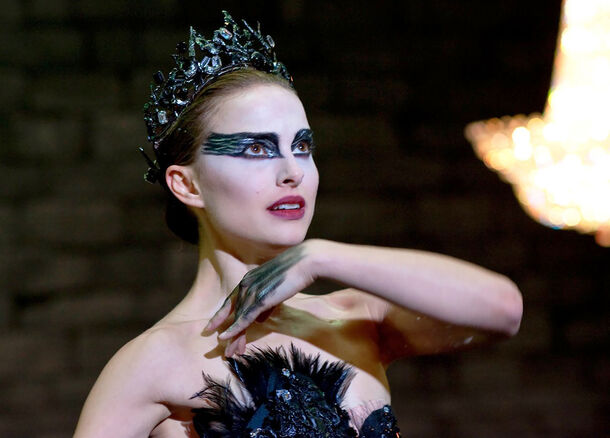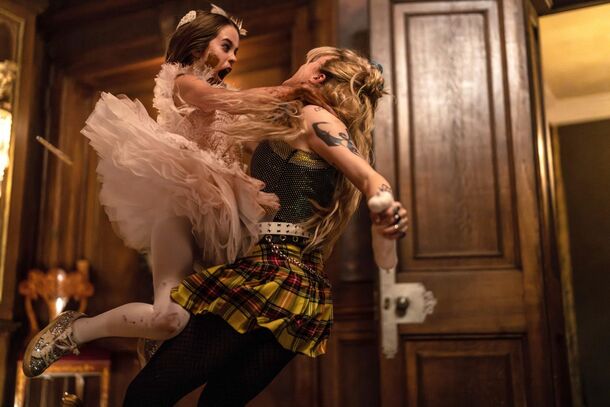New Horror Abigail Continues a Sinister Trend Started By Natalie Portman’s $300M Movie 14 Years Ago

The ballet has never been eerier.
Summary:
- Abigail, the brand new vampire horror that hit the cinemas around a week ago, seems to continue a similar storyline of a famous movie starring Natalie Portman.
- Despite all the differences, both films have a lot of touchpoints that will later on lead the main characters to exposing their real evil nature.
- Though Abigail’s storyline eventually takes a much creepier turn, Natalie Portman’s film is nonetheless still able to horrify everyone with the plausibility of its most shocking scenes.
If you never thought Tchaikovsky’s Swan Lake can be turned into something evil not once, it surely can — and the brand new horror has once again proven it. Coming as some kind of cinematic nod to Natalie Portman’s 2010 thriller Black Swan, Abigail sticks to the idea that classic ballerinas and supernatural horrors are actually very much compatible.
Though Abigail, starring Alisha Weir as a ballet dancer having yet to demonstrate to her kidnappers that she’s not a normal little girl, goes further than Darren Aronofsky’s psychological thriller hit, both movies have much more in common than it seems first.
Black Swan and Abigail Are Way More Similar Than You Thought

Natalie Portman’s Nina and Alisha Weir’s Abigail don’t unveil their inner villainy unless they’re triggered by different outside factors: Nina is always confronted by her ballet instructor Mr. Leroy, portrayed by Vincent Cassel, who feels that his authority over a mentally fragile student entitles him to do whatever he wants — from explicitly abusing Nina to kissing her without the latter’s consent.
Abigail, in her turn, isn’t able to restrain her inner monster after she was forcibly taken away from her family by a group of kidnappers who take advantage of the girl’s wealthy family to get a huge ransom.
.jpg)
Both characters are eventually led to embrace their sinister inner nature by dancing along to Tchaikovsky's Swan Lake, a story about Odette, a princess turned into a swan after an evil sorcerer cursed her.
Having become the Swan Queen, Odette should be quick to find her true love so that the spell can be gone. Meanwhile her evil twin, the Black Swan, deludes the prince, who’s in love with Odette, into a betrayal eventually forcing Odette, desperate to end it all, to kill herself.

Abigail wickedly uses Tchaikovsky’s majestic music in a creepy scene to show the character’s both sides that have to coexist with one of them being an ancient blood-thirsty vampire.
Black Swan has nothing like this in the pivotal scene, yet it proves that the fictional turned into the real as the movie finds Nina transforming into the Black Swan, with the real black feathers on her back, blood-red eyes and very realistic wings.

Though there have been several similar stories before and even after, Natalie Portman’s Black Swan was the first to blow everyone away with the idea that ballerinas can be horrifyingly beautiful (or beautifully horrifying) — and Abigail was on spot to pick up the sinister trend and intensify it to its most.